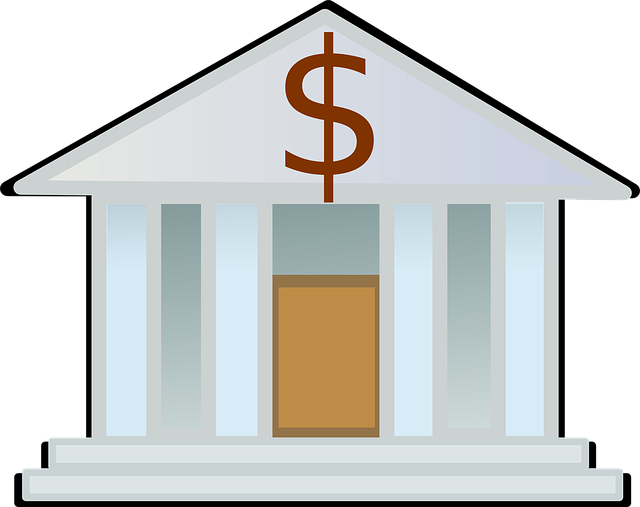Sallie Mae’s New Student Credit Cards : Is It Wise to Use It in Paying Down a Student Loan?
- Neville Gabby
- 0 comment
- October 17, 2019
SLM Corporation, the student-loan lender commonly known as Sallie Mae, recently introduced Mastercard credit cards for college students and recent grads.
Sallie Mae’s introduction of the new credit facilities has catchy overtures. They come with a promotional offer of zero annual fee and zero interest, plus cash-back features that award an additional 25% cash-back if used to pay down a federal or private student loan.
Yet those who are not familiar with how credit cards work, should carefully read the terms and conditions.
Credit card analyst and expert, Matt Schulz of CompareCards, said cash-back returns are not big enough to worry over. What new credit card users should pay attention to are the fees, Annual Percentage Rate (APR) or interest rates, default charges and the outstanding balance of their credit card account.
Sallie Mae’s VP of Corporate Communications, Rick Castellano, is into promoting their new credit cards as a way of helping students responsibly build their credit history by rewarding them with cash-backs. Still, credit analyst Nathan Grant of Credit Card Insider, says that Sallie Mae’s unlimited one percent (1%) cash-back reward is very much the same as the cash-backs of student credit cards offered by other financial companies.
According to Grant, the bottomline is that
“Student credit cards are serious financial tools that can help build a student’s credit history only if used responsibly. Otherwise, they can be a gateway to debt when used irresponsibly,”
What Happens if You Use Your Credit Card to Pay Down a Student Loan?
Using a Sallie Mae Credit Card to pay down a federal or private student loan requires careful consideration of several factors. As opposed to business loans or personal loans, student loans, particularly federal loans, are granted under easier terms and conditions. The Sallie Mae credit cards, on the other hand, follow the same terms and conditions of conventional credit cards.
When attracted to the promise of 25% cash-back bonus, it is important therefore to first look into and compare certain aspects.
Compare the interest applied per annum on the student loan against the APR applied on credit payments. Take note that after the promotional or introductory period is over, the zero % interest ends. This denotes that the credit card balance will start accumulating daily interest based on the APR, which can be anywhere between 14.99% (15%) and 24.99% (25%).
The simple interest on a student loan is calculated based on the unpaid balance of the principal amount borrowed. If a student fails to pay on the due date, interest on the unpaid principal merely accrues and will be added to the next interest due on the loan. Calculations of future interests will still be based on the outstanding principal amount.
If you will use your credit card to pay down a student loan, the terms of the loan are bound to change. Any credit amount used to pay down a student debt becomes due on the next statement date following the payment. In order to avoid payment of APR-based interest, you must settle the amount in full.
If you do not pay the student loan payment in full, the student-loan payment plus any unpaid APR interest will be reflected as outstanding balance of your credit card. Keep in mind that with credit cards, the APR interest is calculated based on the average outstanding balance of your credit account and not on the unpaid portion of a credit purchase or loan payment.
Paying only the minimum amount indicated in the credit card statement will not reduce your outstanding credit card obligations. That is because minimum payments cover only the APR interest due for the month. In the meantime, the system will continue compounding interest on the outstanding credit card obligations on a daily basis, including unpaid portions of the student loan payment plus any unpaid interest from previous billings. .




